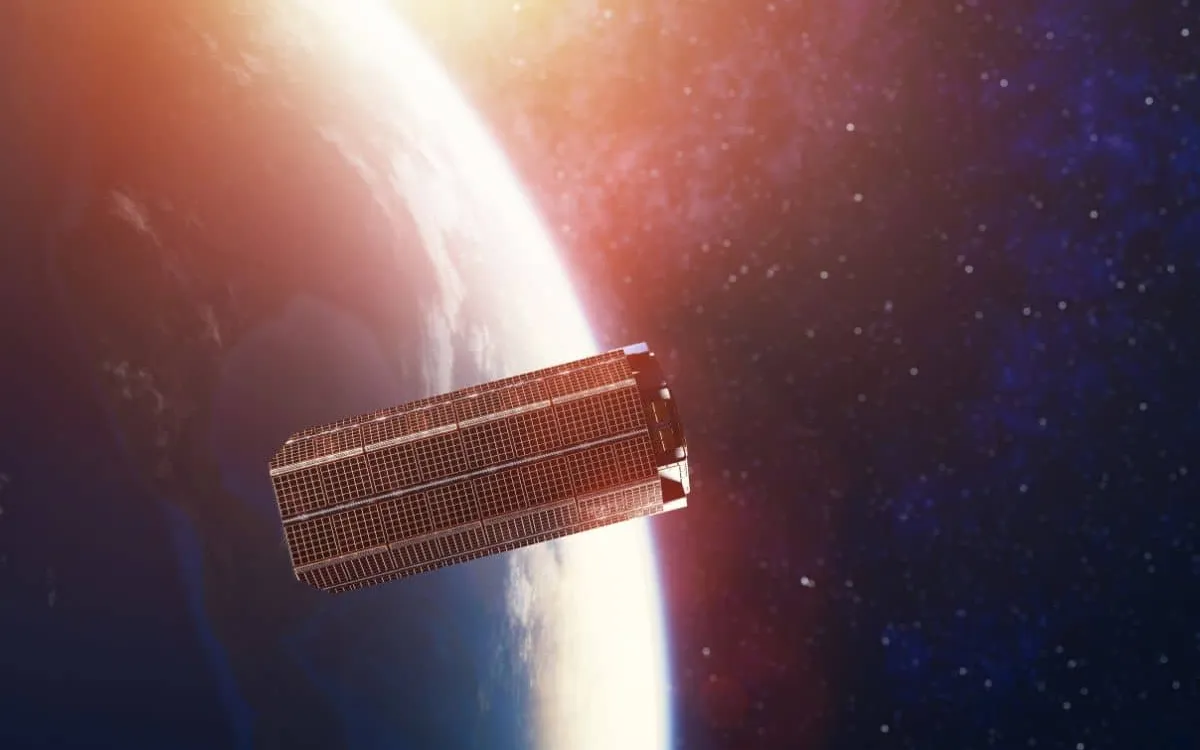
On the momentous occasion of the 35th anniversary of the NASA/ESA Hubble Space Telescope, astronomers have unveiled an extraordinary new image of NGC 346, a highly active star-forming region located in the Small Magellanic Cloud, which is a satellite galaxy of our own Milky Way. This captivating image not only highlights the beauty of this cosmic marvel but also enhances our understanding of stellar formation.
According to the European Space Agency (ESA)/Hubble, NGC 346 is situated approximately 200,000 light-years away in the constellation Tucana. This star-forming region exists within the Small Magellanic Cloud, a galaxy notable for being “less rich in elements heavier than helium — what astronomers refer to as metals — compared to the Milky Way.” Such metal-poor conditions provide a unique glimpse into the type of star formation that occurred in the early Universe.
What sets NGC 346 apart is its remarkable astronomical activity. This vibrant region is home to over 2,500 newborn stars, making it a bustling hub of cosmic creation. The most massive stars within NGC 346 shine with an intense blue light, further emphasizing the dynamic nature of this stellar nursery.
Thanks to the precision and resolution of the Hubble Space Telescope, astronomers have tracked the motions of the stars within NGC 346 over an impressive span of 11 years. This extensive study revealed a fascinating pattern: the stars are spiraling inward toward the cluster’s center. Researchers suggest that this spiraling flow is driven by gas streams feeding the central region, which in turn triggers new bursts of star formation in its dense core. The outcome is a dynamic and swirling structure that exemplifies the evolving nature of stellar nurseries.
However, NGC 346's impact extends beyond just star formation; it is actively reshaping its surrounding environment. The young, massive stars in this region act as stellar sculptors, emitting intense radiation and powerful stellar winds that carve out a vast bubble in the surrounding nebula. These forces work to disperse the gas and dust remnants from the stars’ birth, significantly altering the structure of the nebula.
This nebula, referred to as N66, is recognized as “the brightest example of an H II (pronounced ‘H-two’) region in the Small Magellanic Cloud.” The glowing clouds are illuminated by ultraviolet light emitted from hot, young stars. However, their brilliant pink glow is short-lived, lasting just a few million years, which coincides with the typical lifespan of the stars that energize them. The presence of N66 indicates that the cluster is still quite young, offering astronomers a rare opportunity to observe the early, active phases of stellar development.
This striking image is part of ESA/Hubble's initiative to reprocess and re-release iconic views, utilizing modern data and advanced image processing techniques. The project aims to celebrate Hubble’s rich visual legacy while providing fresh insights into familiar cosmic landmarks. The announcement notes, “Although several images of NGC 346 have been released previously, this view includes new data and is the first to combine Hubble observations made at infrared, optical, and ultraviolet wavelengths into an intricately detailed view of this vibrant star-forming factory.”
The final image is a result of collaborative efforts from various Hubble observing programs led by scientists Antonella Nota, Phillip Massey, Elena Sabbi, and Claire Murray, exemplifying the spirit of teamwork behind every groundbreaking discovery in the field of astronomy.
As we celebrate the Hubble Space Telescope's remarkable journey over the past 35 years, the stunning insights provided by NGC 346 remind us of the telescope's vital role in unraveling the mysteries of the Universe. The ongoing study of star formation and stellar dynamics continues to illuminate our understanding of the cosmos, showcasing how young stars actively shape the environment around them.